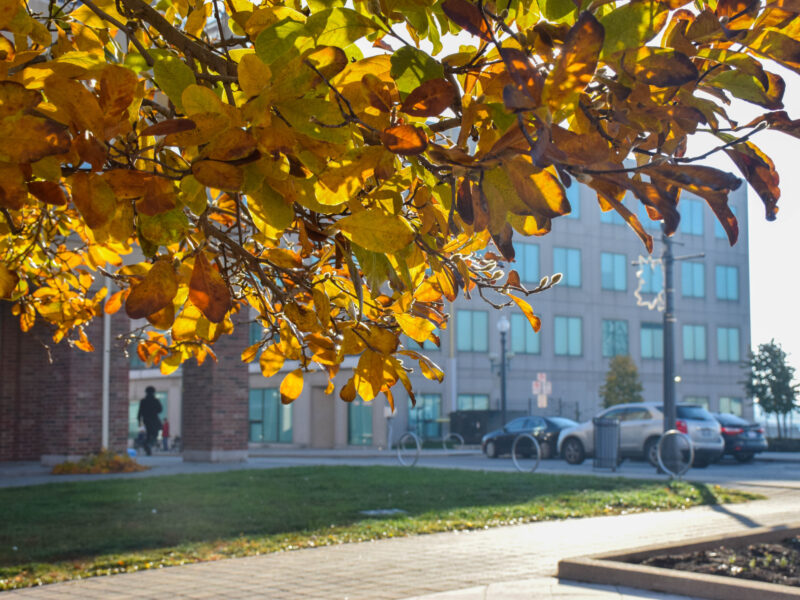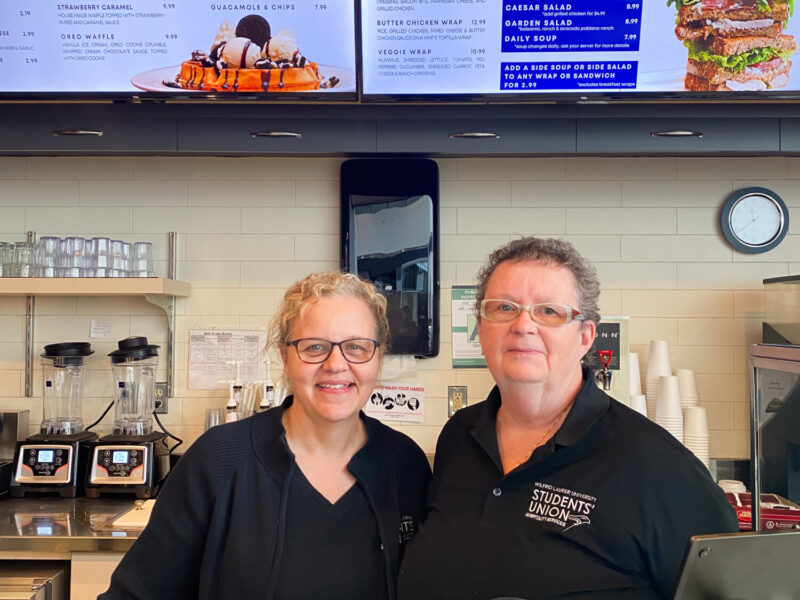Media companies are laying off workers seemingly every week – over 100 from CTV this month alone. Nearly a quarter of the staff of the Halifax Chronicle-Herald were given pink slips in February, while CanWest – owners of Global TV and the National Post – is on the verge of bankruptcy. South of the border, Denver’s Rocky Mountain News has shut its doors, while the Seattle Post-Intelligencer has moved its entire operation to the Internet – and other newspapers look poised to head down the same roads.
So what is the state of the Canadian news industry, as it stands today?
“At best it’s in limbo, at worst it’s verging on a crisis,” says Mary Agnes Welch, president of the Canadian Association of Journalists. “Media companies are frankly just struggling to stay alive, to not go bankrupt like the Rocky Mountain News.”
However, Welch does not believe that the economic crisis is the greatest challenge facing journalism today. Instead, she points out that because news organizations now employ fewer journalists, those journalists are forced to focus more on the quantity of stories produced than the quality.
Maija Saari, a journalism professor at Laurier Brantford, notes that these cutbacks are nothing new.
“Well before this immediate recession, places like the Brantford Expositor, their staffs had already been markedly reduced. We were already so thin that we were anorexic, and now they’re taking off limbs.”
“There’s this notion that journalists have to be all things to all work environments at all times,” she also notes.
In the case of a print reporter, that might mean having to write the story, take the photographs, and provide additional content online.
Indeed, the emergence of Internet media has created even more work for journalists – as Welch, who is a legislative reporter for the Winnipeg Free Press in addition to her duties with CAJ, explains.
“You’re doing one story a day, but you’re doing that story in a whole bunch of different areas – on the Web, on a video, on a blog, in the paper the next day – and all of that is time-consuming,” she says.
As Welch points out, however, the big question is not how much work journalists can do, it’s when journalism will be stretched to the point that the public takes notice.
“As journalists, we always keep hoping that people will notice that there’s only four local stories on the 6:00 news and the rest of it is wire stuff or national clips and it’s not really local, or they’ll notice that their local paper is getting skinnier and skinnier, and doing less investigative work. People are busy – I’m not sure they notice that stuff, especially when they feel like they can get their news and information fix from the Internet or wherever at any time.”
In fact, Welch suggests that there exists a disconnect between journalists and the public they serve.
“Journalists have spent a long time in this ivory tower,” she says. “They thought of themselves as people who are going to tell you what you need to know, what you should know, instead of trying to find a way to connect with readers, find out what they genuinely think about every day. Journalists should figure out what people actually want to know about, and how to make stories like aboriginal poverty actually resonate with the people.”
Saari agrees with this, noting deficits of certain kinds of stories.
“We really have to think twice about ‘why are there no stories about disasters and relief?’ They’re real stories, they’re real people suffering on the ground – there’s lots of things going on that we don’t even think about.”
Why are ‘real stories’ going untold while the death of a celebrity actress gets round-the-clock coverage?
“A lot of it has to do with our own positions in the world,” continues Saari, “our own understanding and bias, what we feel like reading and not reading, what’s interesting to us and what’s not.”
“People would perhaps rather be on Perezhilton.com than Globeandmail.com,” says Welch.
“Lives are more complicated, the world is more complicated, people might not want to read a paper every day to figure out what’s going on.”
If, as has been suggested, ‘good journalism’ is something other than what we see on TV or read in the newspaper each night, then what is it? Welch believes that it works on two levels.
“On a micro level,” she explains, “good journalism is taking the story of the day and having the time and the resources to take it two steps beyond the obvious – so you have time in a day to go out in the community and see if what the government is saying is accurate, or go back and try and add context and a lot of the really detailed explanation that people can use. On a macro level, it’s doing stories that nobody else is doing – advocacy journalism, long-form narratives, investigative stuff, all the big stories that uncover things that have been hidden, like Shawinigate – all those stories that fundamentally change public policy and alter the course of government.”
For her part, Saari claims that “any journalism is good journalism,” and that journalists are not necessarily only the reporters employed by leading media outlets. For example, she suggests that the people taking cell phone videos of Robert Dziekanski’s tasing at Vancouver International Airport were, at least at that moment, journalists.
In fact, Saari predicts that journalism may undergo a wholesale shift in the coming years.
“This notion of elite journalism fails the society it’s in,” and that future journalism will be a more collaborative approach, using the Internet and other technology to pass accounts of what has happened from person to person, much as how passersby briefly became journalists when they shot the tasering.
Despite the challenges many media companies are currently facing, Saari believes the craft of journalism is safe.
“Every society requires mechanisms by which to exchange information,” she says. “Journalism is not going to die.”



